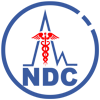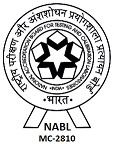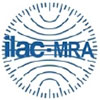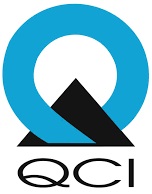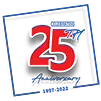Menu
Nuclear Medicine
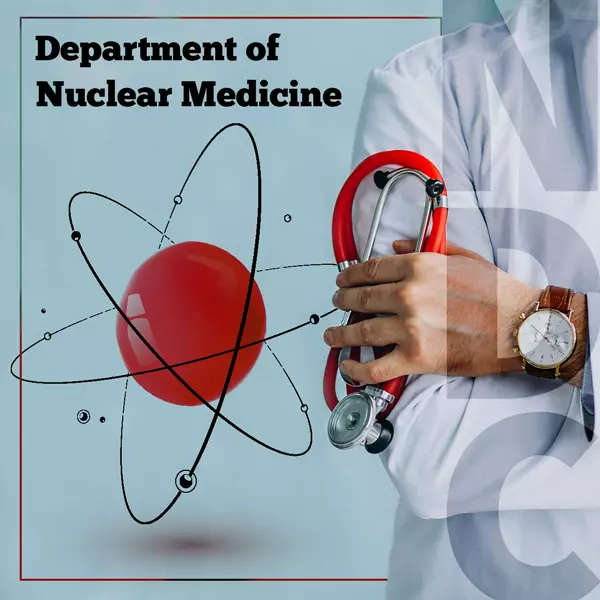
Nuclear medicine is a medical specialty that uses radioactive tracers (radiopharmaceuticals) to assess bodily functions and to diagnose and treat disease. Specially designed cameras allow doctors to track the path of these radioactive tracers. At North City we Provide services for PET CT, SPECT & Low dose Therapy- 3 different aspects of Nuclear Medicine department.
List of Tests -
Whole body PET CT
PET/CT is nowadays considered to be an important tool in the initial workup of ca Lung, Ca Breast, Esophageal and anal cancers, new data are emerging regarding its use in assessing therapeutic efficacy, radiotherapy treatment planning, and detection of recurrence in case of isolated tumour marker elevation. Moreover, PET/CT may help decision making by detecting distant metastatic sites especially in potentially resectable metastatic cancer and, to plan treatment in cases of in localized cancers.
For this reason, in Oncology PET CT is useful both for detecting cancer and for:
- Seeing if the cancer has spread.
- Seeing if a cancer treatment is working.
- Checking for a cancer recurrence.
Preparation- Please contact with the Department
Neuro PET
A positron emission tomography (PET) scan is an imaging test that allows your doctor to check for diseases in your brain. The scan uses a special dye containing radioactive tracers. … When detected by a PET scanner, the tracers help your doctor to see blood flow in the brain, to demonstrate areas of activity. This test is done at our Diagnostic Division.
Preparation- Please contact with the Department
Cardiac PET
Positron emission tomography (PET) viability imaging is used to assess how much heart muscle has been damaged by a heart attack or heart disease. This test is used to determine whether a patient may need angiography, cardiac bypass surgery, heart transplant or other procedures.
Preparation- Please contact with the Department
Whole Body Bone Scan
A bone scan shows up changes or abnormalities in the bones. You might have a bone scan to find out if prostate cancer has spread to the bone. A bone scan is also called a radionucleotide scan, scintigram or nuclear medicine test.
Preparation- Please contact with the Department
Triple Phase Bone Scan
A three phase bone scan is used to diagnose a fracture when it cannot be seen on an Xray. It is also used to diagnose bone infection, bone pain, osteomyelitis, as well as other bone diseases.
Preparation- Please contact with the Department
TC99m Thyroid Scan
TC99m Thyroid Scan is performed to assess the functioning of thyroid gland. A radiotracer dye called Tc-99m pertechnetate is injected and its uptake by the thyroid gland is measured. Results of the 99m Tc Thyroid scan are assessed and interpreted with other biochemical. Abnormal results indicate hypo or hyperthyroidism, inflammations, or other health conditions like Hashimoto’s disease, Grave’s disease, etc.
Preparation- Please contact with the Department
Stress/Rest Myocardial Perfusion Imaging (MPI) Study
It is a type of test that uses SPECT imaging of a patient’s heart before and after exercise to determine the effect of physical stress on the flow of blood through the coronary arteries and the heart muscle.
Preparation- Please contact with the Department
DTPA Scan
Renal DTPA scan is a process for diagnosis and evaluation of kidney functioning. It involves intravenous administration of radiopharmaceutical material to assess the drainage pattern of kidneys and to find out if any area is not functioning properly. It is available in our Diagnostic division.
Preparation- Please contact with the Department
HIDA Scan
A HIDA scan, also called cholescintigraphy or hepatobiliary scintigraphy, is an imaging test used to view the liver, gallbladder, bile ducts, and small intestine. The scan involves injecting a radioactive tracer into a person’s vein. The tracer travels through the bloodstream into the body parts listed above. A HIDA scan might help in the diagnosis of several diseases and conditions, such as: Gallbladder inflammation (cholecystitis) Bile duct obstruction. Congenital abnormalities in the bile ducts, such as biliary atresia
Preparation- Please contact with the Department
Iodine-131 Whole Body Scan
It is a procedure that is performed in nuclear medicine to check for recurrence of thyroid cancer in the body following a complete thyroidectomy (removal of the thyroid).
Preparation- Please contact with the Department
Low Dose Iodine Therapy is a nuclear medicine treatment. Doctors use it to treat an overactive thyroid, a condition called hyperthyroidism.
Preparation- Please contact with the Department
What is a Cardiac Viability Test?
A heart attack (myocardial infarction) can permanently damage or scar some heart muscles. If this happens, the affected area will no longer function normally. A cardiac viability scan is used to determine how much heart muscle has been damaged by a heart attack or heart disease. This scan determines:
• Blood supply to the heart
• The health of your heart muscle (viability)
During the scan, your doctor uses a radioactive tracer to see your heart in detail
How do you test Myocardial Viability?
At North City Diagnostic Centre, SPECT and PET imaging with F18-fluorodeoxyglucose (FDG) are the methods used to assess myocardial viability.
How do you perform a Viability Test?
The viability test consists of two parts. Initially, a scan is used to measure the resting blood flow in the heart. An injection of a radioactive tracer Tetrofosmine is given into the blood stream and absorbed by the heart. SPECT cameras detect radiation released by the tracer to produce images. If anywhere in the heart lesser amount of perfusion to the heart muscle has been detected we need to do the second part of the test.
Fluorodeoxyglucose (FDG), a radioactive tracer containing glucose, is injected. The heart also absorbs this tracer. To determine which parts of your heart may have been damaged, a second scan is performed. The resulting images show how your heart uses glucose – a carbohydrate that all cells in your body use as fuel. The cells that have been damaged or killed by heart disease or a heart attack use little or no glucose. Healthy cells and cells that are recovering from injury use more glucose.
We then review both sets of images together.
North City Diagnostic Centre introduces Gallium PET CT Scan
(Ga-68)
Choose Gallium PET for finer and better diagnosis!!
